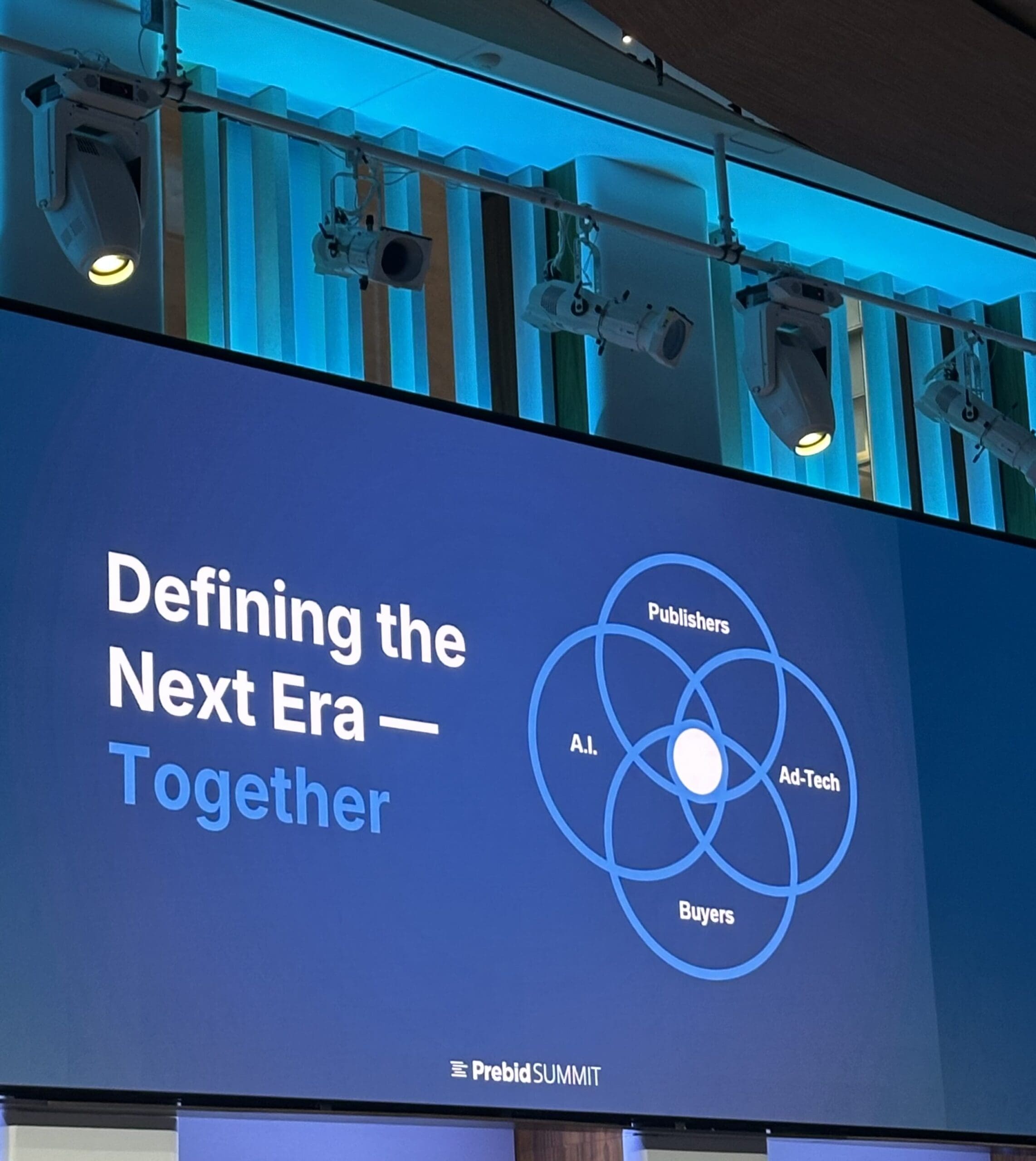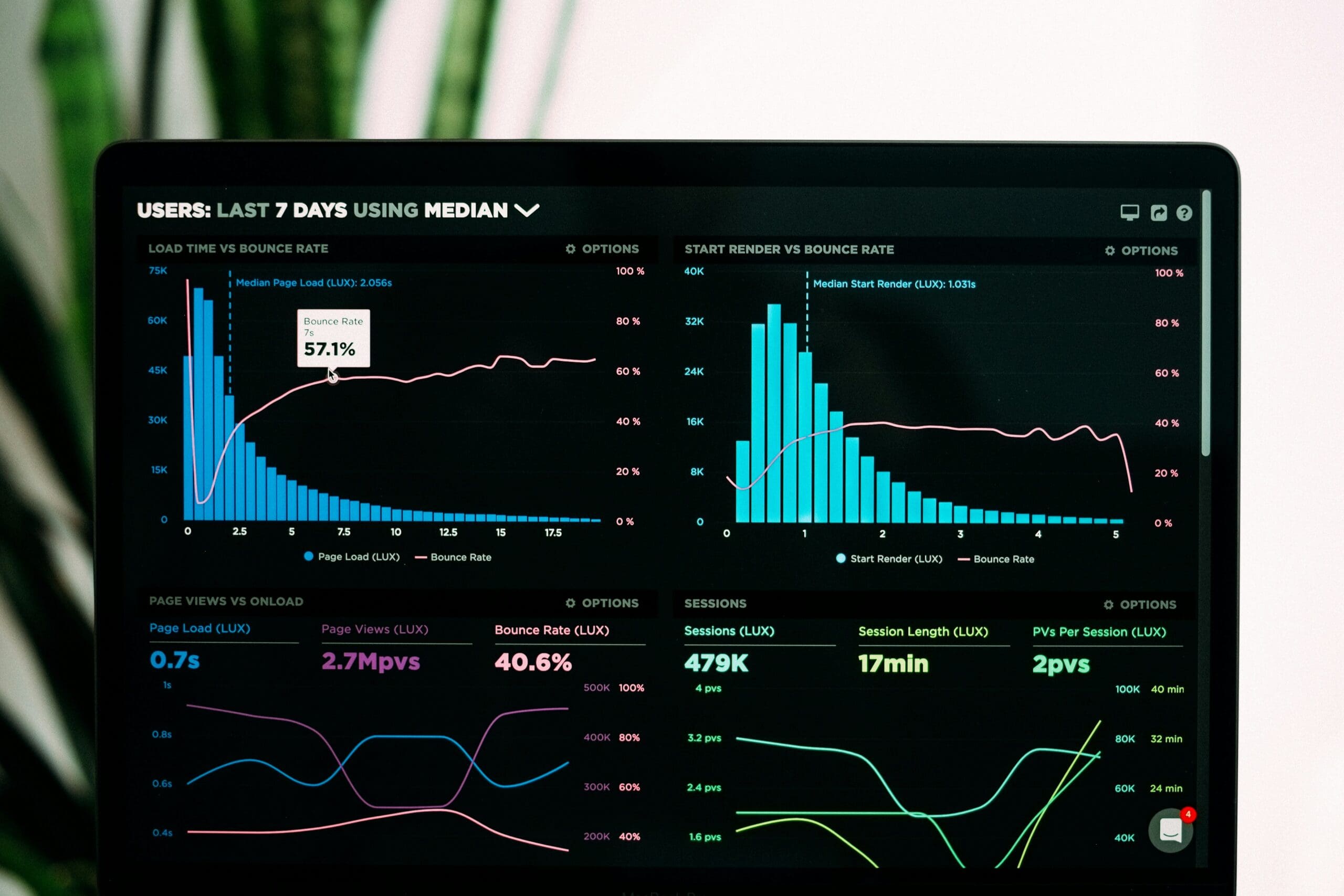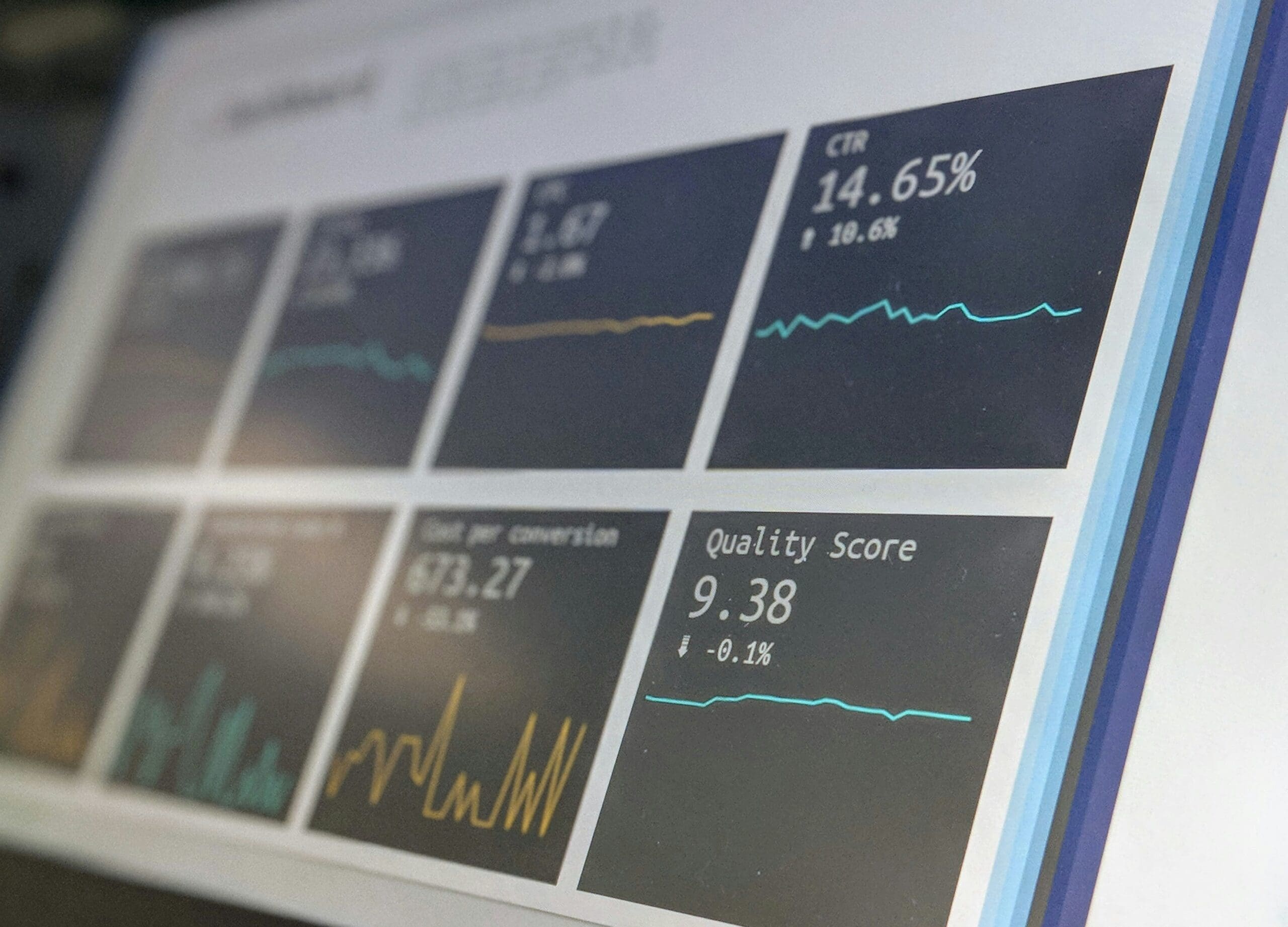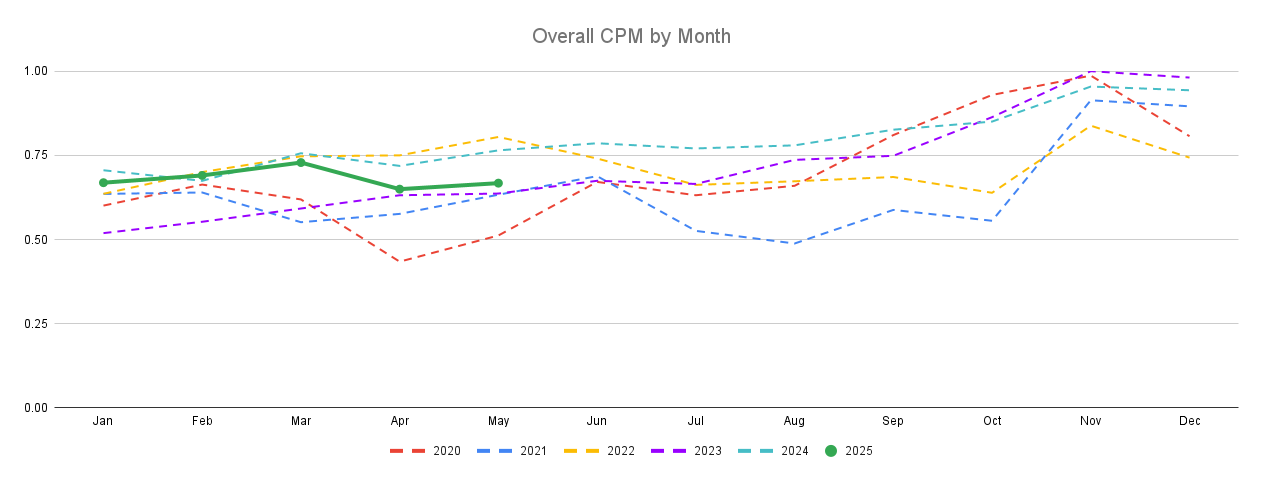Understanding the quality of traffic hitting your site or app is essential to maintaining a strong monetization strategy. Not all traffic delivers value and some can be actively harmful. Invalid Traffic (IVT) refers to non-human or deceptive activity, such as bots, fake clicks, domain spoofing, or fraudulent app installs, that inflates metrics without delivering real user engagement.
IVT generally falls into two categories. General IVT (GIVT) includes relatively easy-to-detect sources like known bots, crawlers, or data center traffic. Sophisticated IVT (SIVT) is much harder to spot and includes spoofed domains, manipulated devices, and simulated user behavior that mimics legitimate interaction. Both types can significantly disrupt monetization efforts.
Why IVT Is Harmful
For publishers across web, CTV, and in-app environments, IVT presents multiple risks. It leads to revenue loss when demand partners suspend or scale back spend due to suspicious activity. It distorts performance data, making optimization and audience development harder. It poses a reputation risk, damaging relationships with SSPs, DSPs, and advertisers. And as the industry increasingly prioritizes transparency and quality, publishers with high IVT rates face greater scrutiny and reduced access to premium demand.
The Evolving IVT Landscape
IVT is not static, fraud tactics are evolving rapidly. In CTV, high CPMs have made the channel a prime target for fraudsters who now mimic remote control usage, session duration, and other signals to evade detection. Manipulated server-side ad insertion (SSAI) further complicates validation.
In mobile, fraudsters use fake installs, spoofed SDKs, and falsified in-app events to trick attribution tools and inflate perceived performance. Even with ads.txt and sellers.json, supply path abuse remains an issue, especially as low-quality resellers and MFA (Made for Arbitrage) inventory continue to circulate.
AI has added another layer of complexity, enabling fraudsters to generate low-quality content at scale and simulate human behavior with alarming realism. As a result, advertisers are raising the bar, demanding real-time fraud filtering, transparent supply chains, and verified inventory. Platforms like Google and Criteo are also taking action, suspending or deactivating accounts associated with high IVT levels. Clean traffic and accurate metadata are no longer optional, they’re essential.
Mitigating IVT: A Proactive Approach
There’s no single fix, but publishers can reduce IVT risk by combining strong tech with operational discipline. That includes working with trusted monetization partners who enforce strict fraud detection, implementing and maintaining ads.txt/app-ads.txt, tagging inventory accurately, and using third-party verification tools such as IAS, DoubleVerify, or HUMAN. Ongoing traffic analysis and periodic audits are also key to spotting and eliminating suspicious patterns early.
Best Practices for Clean Traffic:
- Use verified partners that enforce strict fraud detection
- Implement ads.txt and app-ads.txt to prevent spoofing
- Adopt third-party verification tools (e.g., IAS, DoubleVerify, HUMAN)
- Monitor traffic patterns for red flags like sudden spikes or poor engagement
- Tag inventory properly and conduct regular audits
IVT may be a constant in the programmatic ecosystem, but it doesn’t have to be a constant threat. With the right safeguards, publishers can maintain trust, preserve access to premium demand, and strengthen long-term revenue potential.
Where We Fit In
At Adapex, we take IVT seriously. We combine hands-on support with fraud-prevention best practices, robust partner integrations, and transparent reporting to help publishers stay ahead of evolving threats across web, CTV, and in-app. Whether you’re looking to clean up your supply chain or validate your traffic quality, we’re here to help you protect what you’ve built.













